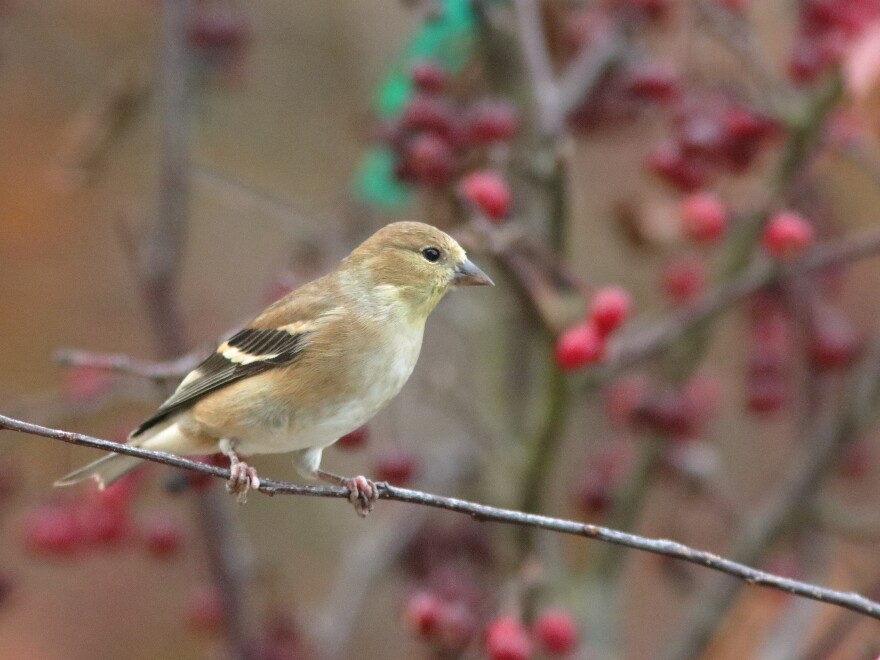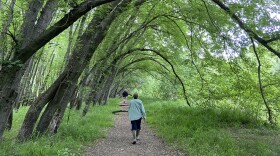Short days and long nights mark our northern winters. Something Wild Host Dave Anderson has been pondering the unique qualities of this time of year and wrote the following essay.
Early winter is the annual nadir, the low ebb of life-giving sunlight.
Except for a sometimes-brilliant rose-pink sky for mere minutes accompanying a purple-gray winter dawn.
The sun breaks the eastern horizon at 7:15 a.m. — so late! Sunrise slips slightly earlier by half a minute every other day. But few will notice.
More people will likely begin to notice the slightly later sunsets in January, the evening commute slightly less murky, even as sunrise sleeps in for a few more weeks.
Bitter January wind chill temperatures and bare frozen ground create a steely scene, hard and cold. Patches of remnant snow have none of the optimistic quality of the calico-print late March landscape when sunlight is waxing at 2 to 3 minutes per day.
The sugarhouse sits pensive, waiting. Inside its weathered pine walls, it is cluttered and dark with tools, sawhorses, dusty windows, and the smell of pine sawdust.
It will awaken in a few weeks with the burble of boiling maple sap. Clear, cold, first-run sap that can yield the lightest grade of syrup aptly named “golden delicate.”
Gold is delicate, and rare, in winter when sunlight is scarce and the promise of spring is impossible to yet imagine.
Across the frozen dirt road, wind rifles the clear plastic tarps covering brush piles made of logging slash, branches and hemlock brush, piled like haystacks.
The maple, oak and ash boles were cut, split and neatly stacked in the woodshed. The now-dry cordwood heats the farmhouse. Sunlight stored as carbon banked against the cold and dark.
Overnight, some birds, juncos and downy woodpeckers, roost at night tucked in the brush piles. Future bonfires will bring more flickering flames to fight the darkness.
Just before dawn, the bird feeders off the porch host only the hardiest bird species: chickadees, nuthatches, titmice, juncos and gold finches, not yet the canary yellow they will become by early April.

Two whistled notes break the silence, a cheery chickadee spring song, the first I’ve heard in months. The very first bird song of the new year.
Sunlight spreads. The drumming cadence of a woodpecker rings from surrounding woods. A hairy woodpecker and a red-bellied woodpecker chisel at the suet feeder. On the ground beneath, two winter bluebirds glean crumbs of frozen fat chipped loose by the woodpeckers.
The budding of a new springtime — can you believe it?
Birds respond to celestial cues despite the bitter cold.
The sugarhouse sleeps.
The wind howls.
However it is elsewhere, this winter morning, here, there are kernels of spring, specks of sunlight and now… song.
Something Wild is a partnership of the Forest Society, NH Audubon and NHPR.











